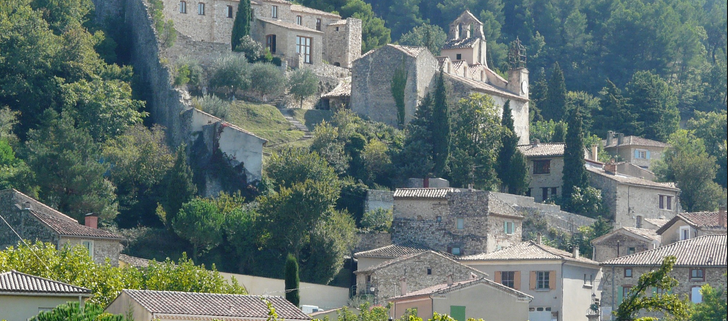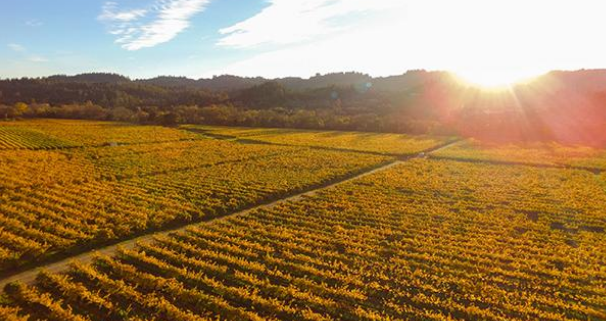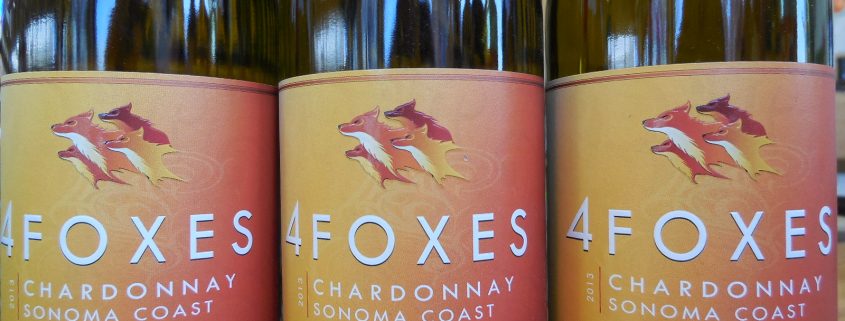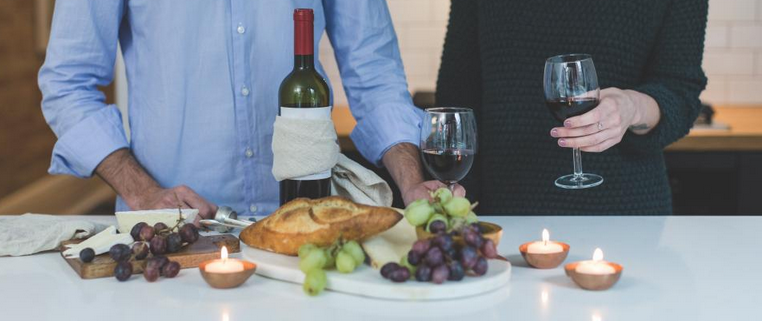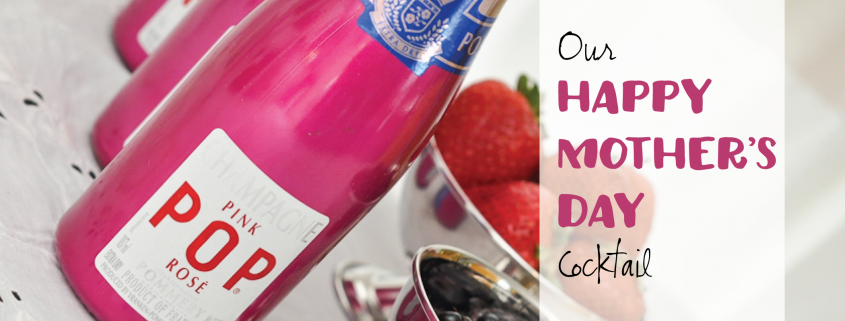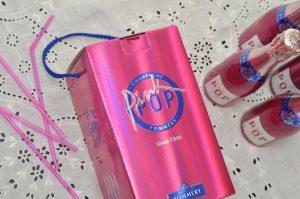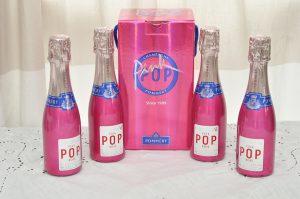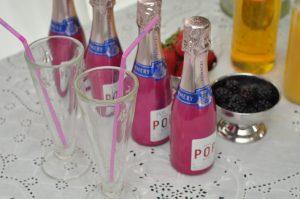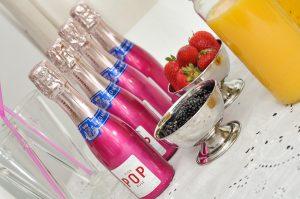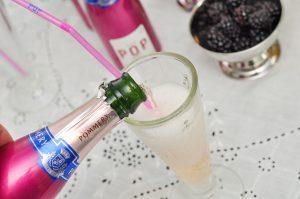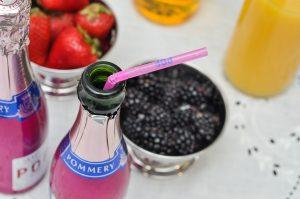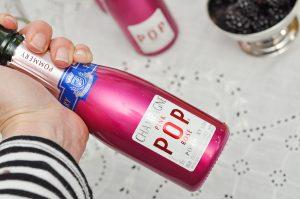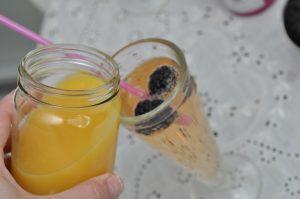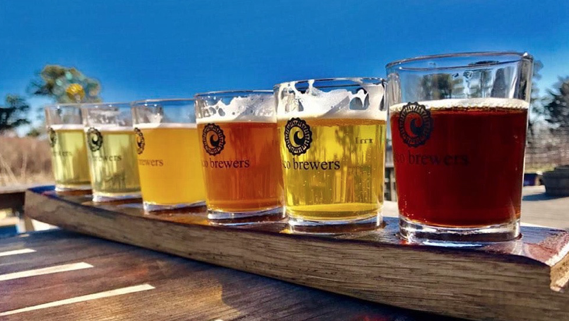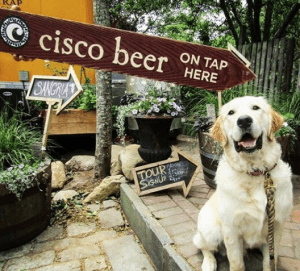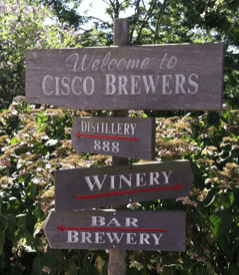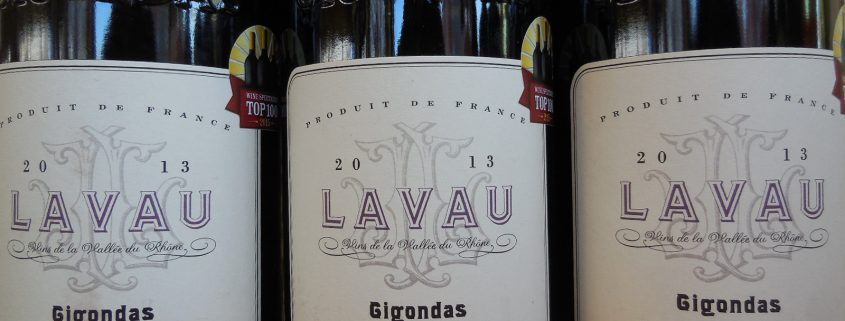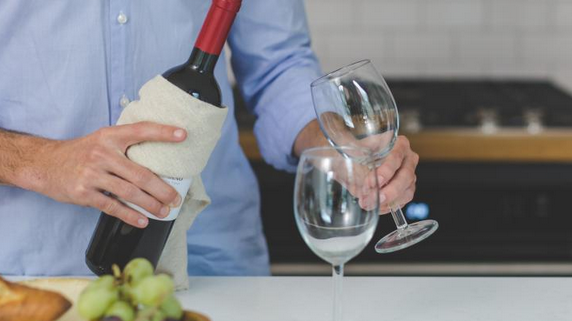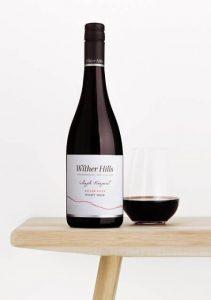Gigondas is an appellation in the Southern Rhone region of France that is nestled in the valleys and foothills of the romantic sounding mountains, Dentelles de Montmirail. This area has a warm, mediterranean climate that ripens the constituent grapes in Gigondas to perfection. Grenache is a lovely, fruity grape whose vines are resistant to both heat and drought. They are often not trellised but rather “head trained” – allowed so stand on their own and are pruned to be close to the ground and provide shade to the bunches of grapes it produces. It ripens relatively late, but can develop enough sugars to push the alcohol levels it can produce to over 15%. And because it has thin skin, it can be relatively low in acids and tannins which makes it an ideal partner for the more forceful Syrah and Mourvedre varieties.
Wine made from Syrah is powerful – with dark berry flavors offset by notes of white and black pepper and relatively high tannins. It is more famous for its massive wines from Hermitage, Cote Rotie and under its alias, Shiraz, from Australia. But it is one of the most important parts of Southern Rhone blends – from Chateauneuf-du-Pape to Vacqueyras – as well as in Languedoc and Roussillon.
Mourvedre is made less as a single varietal because it can be very tannic and overwhelming – but in blends, it can be sublime. It is also known under the names Monastrell in Spain and as Mataro in Australia where it has thrived. It is also a heat loving, late ripening variety that brings a meaty, herby and potent character to wines.
Together, in a 50% Grenache, 40% Syrah and 10% Mourvedre blend, the 2013 Lavau Gigondas is a wonderful example of how these very different grapes work harmoniously together to create a big, rich, fruity, spicy wine that can stand up to anything you throw on the grill or any spices you might add. This wine has had 5 years in the bottle to meld its various parts, mellow out its rough edges and become downright luscious. It is filled with blackberry, black currant, peppery notes and licorice on the nose and is almost chocolate-like on the tongue. Having already finished one bottle, I am already anxiously planning when I can have more!

